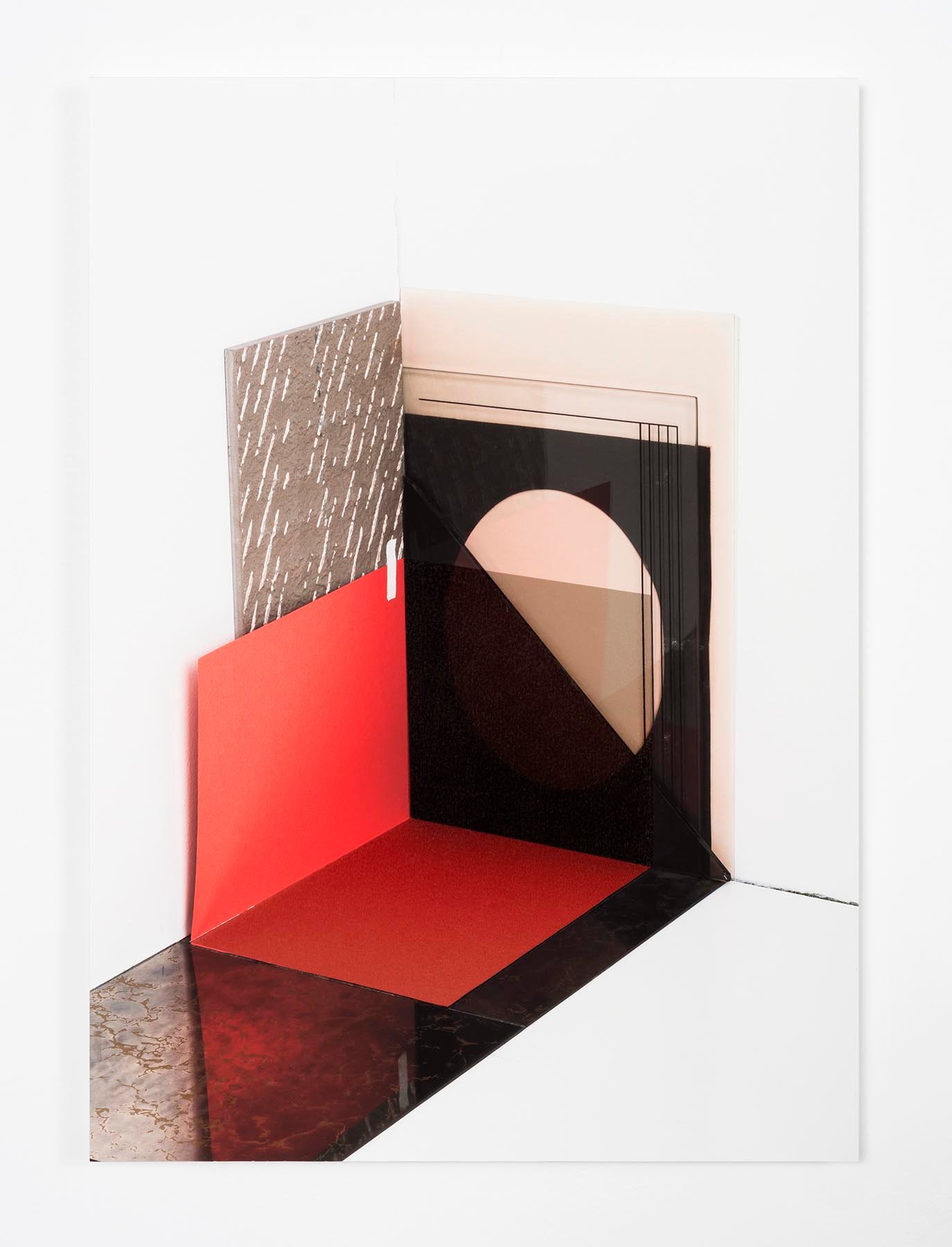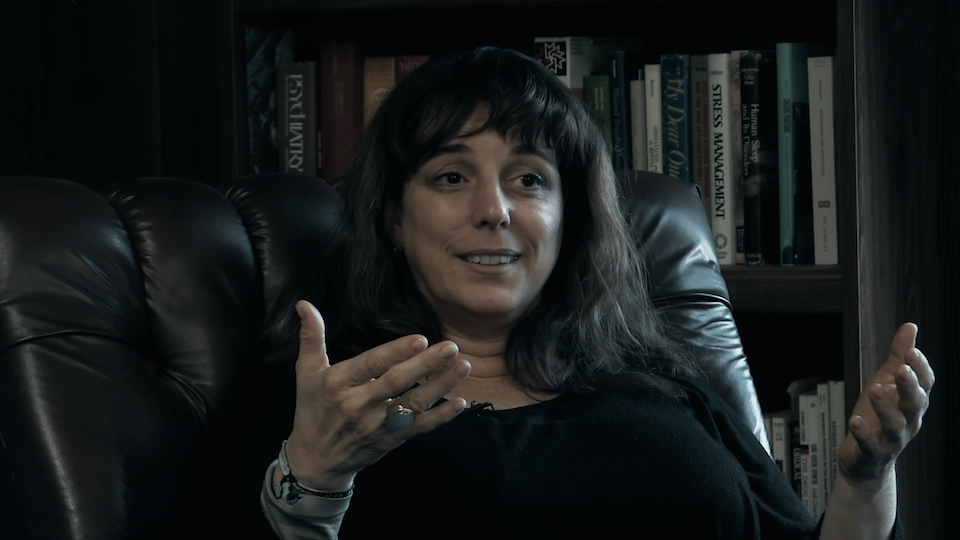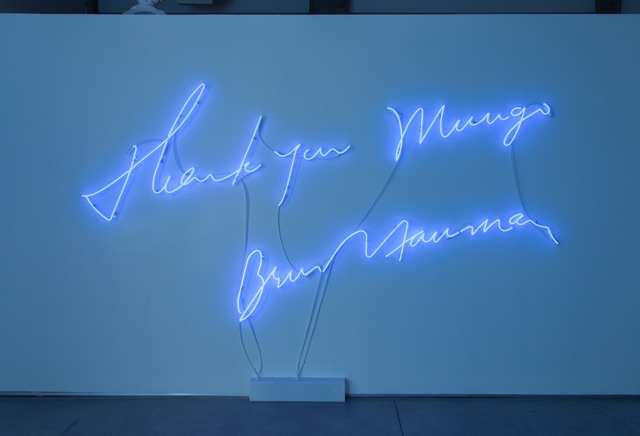Ordinal (SW/NE)
2017 - Film & Video (Film & Video)
43:05 minutes
Miljohn Ruperto
Miljohn Ruperto’s research-based multidisciplinary practice often deals with possession, re-enactment, mythology and archives. These conceptual throughlines also underpin Ruperto and Minnesota-based director Rini Yun Keagy’s eerie experimental documentary Ordinal (SW/NE) , which collapses mythology, scientific research, Californian agricultural history, American literature, and speculative fiction into a poetic and timely examination of possession, infection, and individual agency in an age of wanton industrial agriculture and alienation. Ordinal (SW/NE) tells the tale of a young Black man named Josiah as he navigates the banalities of daily life while potentially being possessed by a malignant supernatural force or stricken by valley fever, a little-known yet gruesome and sometimes lethal real-life respiratory illness which disproportionately affects farm and field workers, particularly Filipinos and African-Americans. Scenes from Josiah’s movements through institutional and domestic spaces are interwoven with drone footage of vast golden fields, archival photography of California dust storms so enormous that they appear biblical, and black-and-white footage of a scene from John Steinbeck’s canonical novel The Grapes of Wrath , which follows the desolate journey of impoverished American migrants during the Great Depression. Ordinal (SW/NE) is a prismatic work, an expansive Pandora’s Box of storylines moving between the past, present, and mythological time. Yet it remains grounded in regional specificity, as it traces the spiritual effects and cultural-environmental influences of valley fever and the pathogenic fungus coccidioides immitis that causes it. While endemic to the Southwestern United States, valley fever is particularly common in the Central Valley of California, which is the agricultural engine of California as well as a repository for much of the state’s air pollution. The region represents both the insistence of desert irrigation as well as the threat of man-made drought and respiratory sickness, both the miracle of technology and the revenge of the gods.
Miljohn Ruperto is a cross-disciplinary artist working across photography, cinema, performance, and digital animation. His work refers to historical and anecdotal occurrences, and speculates on the nature of assumed facts and the construction of truth. Often involving replicas, modified versions, and enactments—including Chinese-made reproductions of Caspar David Friedrich’s The Monk by the Sea ; modified images based on the 15th century Voynich Manuscript; or reworked footage of Filipino actress Isabel Rosario Cooper—Ruperto takes cultural and historical references and untethers them from their original context to challenge our perception and generate something altogether new. Ruperto’s work is often informed by his collaborations with experts from other disciplines including Dutch animator Aimée de Jongh, neuroscientist and engineer Rajan Bhattacharyya, photographer Ulrik Heltoft among others. Through a richness and diversity of lenses, and preferencing the obscure, mysterious and the magical, his work challenges fixed conceptions of truth and history, and instead speaks of an indeterminacy and subjectivity of experience that renders truth and fiction near indistinguishable.
Colors:
Related works from the » 2010's created around » Los Angeles, California

© » KADIST
Will Rogan
2010MUM , the acronym used to title a series of Rogan’s small interventions on found magazines, stands for “Magic Unity Might,” the name of a vintage trade magic publication...

© » KADIST
Phillip Maisel
2015While his works can function as abstract, they are very much rooted in physicality and the possibilities that are inherent in the materials themselves...

© » KADIST
Clarissa Tossin
2012In Fordlândia Fieldwork (2012), Tossin documents the remains of Henry Ford’s rubber enterprise Fordlândia, built in 1928 in the Brazilian Amazon to export cultivated rubber for the booming automobile industry...

© » KADIST
Kota Ezawa
2014Paint and Unpaint is an animation by Kota Ezawa based on a scene from a popular 1951 film by Hans Namuth featuring Jackson Pollock...

© » KADIST
Alicia McCarthy
2010A painting reminiscent of a certain “naive primitivism,” Untitled (Colors) and Untitled (Ghost) are representative of McCarthy’s work...

© » KADIST
Lynn Hershman Leeson
2016Tania Libre is a film by Lynn Hershman Leeson centered around renowned artist Tania Bruguera and her experience as a political artist and activist under the repressive government of her native Cuba...

© » KADIST
Petra Cortright
2011In her 2011 webcam video, Sickhands , Cortright poses before her in-computer camera, as her hands, hair, and body begin waving and rippling vertically across the screen, distorted by software effects...

© » KADIST
Jedediah Caesar
2010After being cast, the resulting resin block used in JCA-25-SC was cut into thin slices obtaining a series of rectangular shapes that resemble ceramic tiles...

© » KADIST
Matt Lipps
2011In the series Horizons (2010), Lipps uses appropriation to riff on Modernism’s fascination with abstract form...

© » KADIST
Rodney McMillian
2013In his evocative Landscape Paintings, McMillian uses second-hand bedsheets, sourced from thrift shops, as his starting point...

© » KADIST
Mark Bradford
2012This untitled work from 2012 is a print originally made as part of the Wattis Institute for Contemporary Art’s artist limited edition series...

© » KADIST
Walead Beshty
2012Constructed out of metal or glass to mirror the size of FedEx shipping boxes, and to fit securely inside, Walead Beshty’s FedEx works are then shipped, accruing cracks, chips, scrapes, and bruises along the way to their destination...

© » KADIST
Clarissa Tossin
2017Clarissa Tossin’s film Ch’u Mayaa responds to Frank Lloyd Wright’s Hollyhock House (constructed 1919–21) in Los Angeles, an example of Mayan Revival architecture...

© » KADIST
Ranu Mukherjee
2011Conceived as a large-scale mural-like projection, Color of History, Sweating Rocks is a neo-futuristic, hybrid film that combines cinematic language, collage, animation, and inventive forms to highlight the plight of the peoples of the Sahara—and refugees in general—who have been displaced by oil-mining....

© » KADIST
Desiree Holman
2010Reborn, 2010 is a three-channel video by Desiree Holman that questions ideas of motherhood and the maternal instinct...

© » KADIST
Will Rogan
2014Will Rogan’s video Eraser (2014) shows a hearse parked in a clearing amidst leaf barren trees...

© » KADIST
Juan Capistran
2012The 10 $1 bills that make up From a Whisper to a Scream (2012) read like instructions in origami...

© » KADIST
Brian Bress
2013Blindseye Arranger (Max) (2013) features a greyscale arrangement of rudimentary shapes layered atop one another like a dense cluster of wood block prints, the juxtaposition of sharp lines and acute angles creating an abstracted field of rectangular and triangulated forms composed as if in a cubist landscape...


